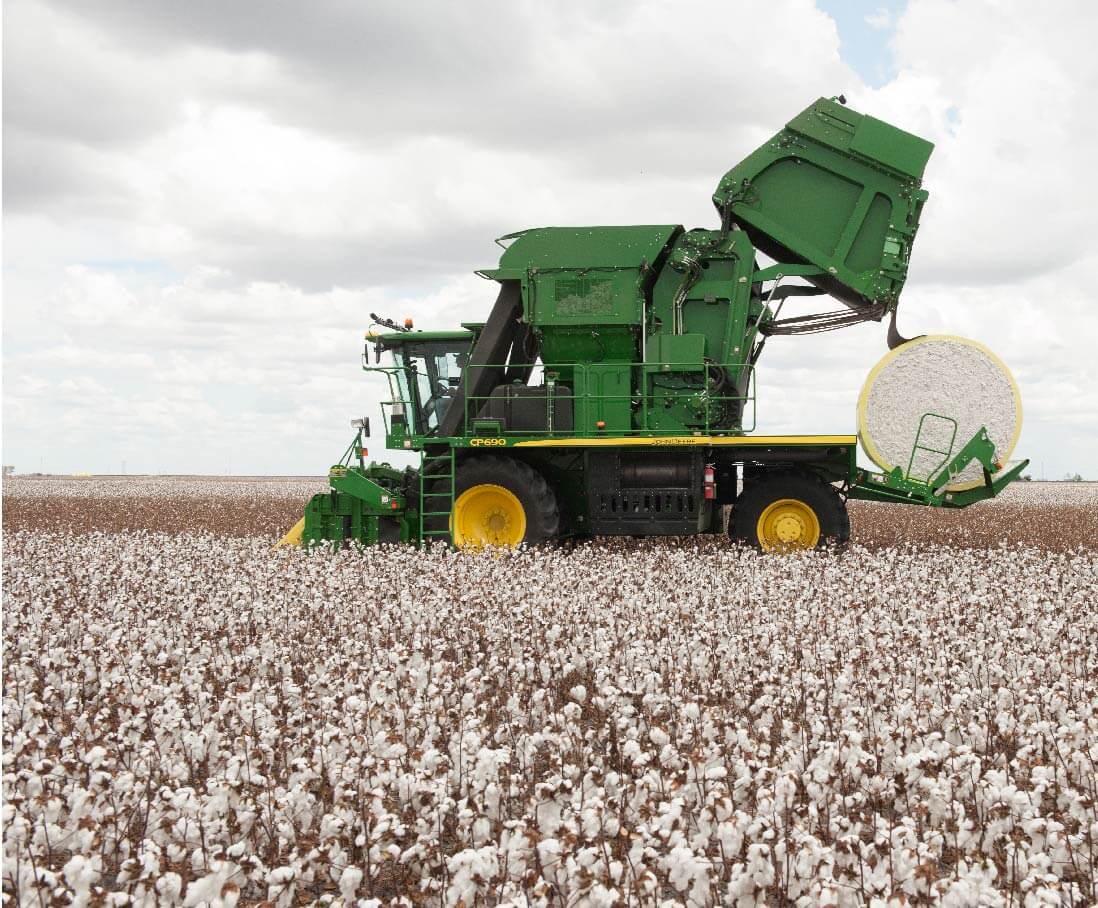Cotton pickers play a crucial role in the harvesting of cotton fibers, which are used to make a wide range of products. This article explores the process of cotton picking, including the tools and techniques used by cotton pickers. Additionally, it discusses the importance of cotton pickers in the global cotton industry and the challenges they face in their work.
The History of Cotton Harvesting: From Manual Labor to Modern Technology
Cotton harvesting has come a long way from being a labor-intensive process to the modern technology-driven method we see today. In the early days, cotton was harvested manually, with workers picking the cotton bolls by hand. This was a time-consuming and physically demanding task, often requiring large numbers of workers to complete the harvest. However, with the advent of technology, the process became more efficient and less labor-intensive. The invention of the cotton gin in the late 18th century revolutionized the industry, allowing for the mechanized separation of cotton fibers from the seeds. Today, modern cotton harvesting machines can pick and process cotton at a much faster rate, increasing productivity and reducing the need for manual labor.
The Role of Cotton Pickers in the Cotton Industry

Cotton pickers play a crucial role in the cotton industry, as they are responsible for harvesting the cotton crop. This labor-intensive task requires skilled workers who can efficiently pick the cotton bolls from the plants without damaging them. Cotton pickers must have a keen eye for detail and be able to work quickly and accurately to meet production targets. They often work long hours in challenging conditions, such as extreme heat or cold, and are exposed to various hazards, including pesticides and machinery. Despite the demanding nature of their work, cotton pickers are essential for ensuring a successful cotton harvest and the continued supply of this valuable commodity.
The Process of Harvesting Cotton Fibers: From Field to Factory
The process of harvesting cotton fibers begins in the field and ends in the factory. It involves several steps to ensure the quality and efficiency of the final product. First, the cotton plants are grown and carefully tended to, ensuring optimal growth and fiber development. Once the cotton bolls are fully matured, they are picked by hand or by using mechanical harvesters. The harvested cotton is then transported to the factory, where it undergoes a series of processes to remove impurities and separate the fibers from the seeds. These fibers are then cleaned, carded, and spun into yarn, which can be used for various textile applications.
The Challenges Faced by Cotton Pickers in the Field
Cotton pickers face numerous challenges in the field that make their work physically demanding and mentally exhausting. Firstly, the intense heat and humidity can be unbearable, causing dehydration and heatstroke. Additionally, the repetitive motion of bending over to pick cotton for long hours can lead to back pain and muscle strain. Furthermore, cotton fields are often infested with pests and insects, exposing pickers to harmful chemicals and the risk of bites or stings. Moreover, the low wages and long working hours add to the already difficult conditions, leaving cotton pickers vulnerable to exploitation and poverty. Overall, the challenges faced by cotton pickers highlight the need for improved working conditions and fair treatment in the industry.
The Impact of Mechanized Cotton Harvesting on the Industry
Mechanized cotton harvesting has had a significant impact on the cotton industry. Prior to the introduction of mechanized harvesting, cotton was primarily harvested by hand, which was a labor-intensive and time-consuming process. However, with the advent of mechanized harvesting machines, the industry has experienced increased efficiency and productivity. These machines are able to harvest cotton at a much faster rate than manual labor, reducing the time and cost associated with harvesting. Additionally, mechanized harvesting has also improved the quality of the cotton harvested, as the machines are able to pick the cotton more precisely and with less damage. Overall, mechanized cotton harvesting has revolutionized the industry, making it more profitable and sustainable.
The Future of Cotton Harvesting: Innovations and Sustainability
In recent years, the cotton industry has been undergoing significant changes in terms of harvesting methods and sustainability practices. Innovations in cotton harvesting technology have revolutionized the way cotton is harvested, making the process more efficient and cost-effective. One such innovation is the development of automated cotton harvesters, which can pick cotton at a much faster rate than traditional manual labor. These machines are equipped with advanced sensors and cameras that can detect ripe cotton bolls and harvest them with precision. This not only reduces the need for manual labor but also minimizes the risk of damage to the cotton fibers. Additionally, sustainability has become a key focus in the cotton industry, with efforts being made to reduce water usage, pesticide application, and soil erosion. Farmers are adopting more sustainable farming practices, such as precision agriculture techniques and organic farming methods, to minimize the environmental impact of cotton production. These practices not only benefit the environment but also improve the quality of the cotton produced. Overall, the future of cotton harvesting looks promising, with continued innovations and sustainability practices ensuring a more efficient and environmentally friendly industry.
Conclusion
In conclusion, cotton pickers play a crucial role in the harvesting of cotton fibers. Their hard work and dedication ensure that the cotton industry continues to thrive. As technology continues to advance, it will be interesting to see how the role of cotton pickers may evolve in the future.
1. How are cotton pickers used to harvest cotton fibers?
Cotton pickers are machines that are specifically designed to harvest cotton fibers from the cotton plants. They have rotating spindles that pick the cotton fibers from the plants and deposit them into a collection bin.
2. What are the advantages of using cotton pickers?
Using cotton pickers for harvesting cotton fibers has several advantages. Firstly, it significantly reduces the labor required for harvesting, as the machines can pick cotton at a much faster rate than manual labor. Secondly, it ensures a higher level of efficiency and accuracy in picking the cotton fibers, resulting in better quality cotton. Lastly, it reduces the physical strain on workers, as they do not have to manually pick the cotton.
3. Are cotton pickers suitable for all types of cotton plants?
Cotton pickers are designed to be used specifically for certain types of cotton plants. They are most commonly used for harvesting upland cotton, which is the most widely cultivated species of cotton. However, they may not be suitable for other types of cotton plants, such as Pima cotton, which have longer fibers and require different harvesting methods.
4. How do cotton pickers affect the environment?
Cotton pickers have both positive and negative environmental impacts. On the positive side, they reduce the need for manual labor, which can help prevent the exploitation of workers in the cotton industry. Additionally, they can reduce the use of harmful pesticides and herbicides, as they can be equipped with technology that targets specific pests and weeds. However, the use of cotton pickers also contributes to the overall carbon footprint of the cotton industry, as they require fuel to operate and emit greenhouse gases.
5. Can cotton pickers be used for other crops?
Cotton pickers are specifically designed for harvesting cotton fibers and may not be suitable for other crops. The machines are engineered to handle the unique characteristics of cotton plants, such as the structure of the cotton bolls and the attachment of the fibers. Therefore, they may not be effective or efficient for harvesting other types of crops.
6. How do cotton pickers impact the economy?
The use of cotton pickers in the cotton industry can have both positive and negative impacts on the economy.
